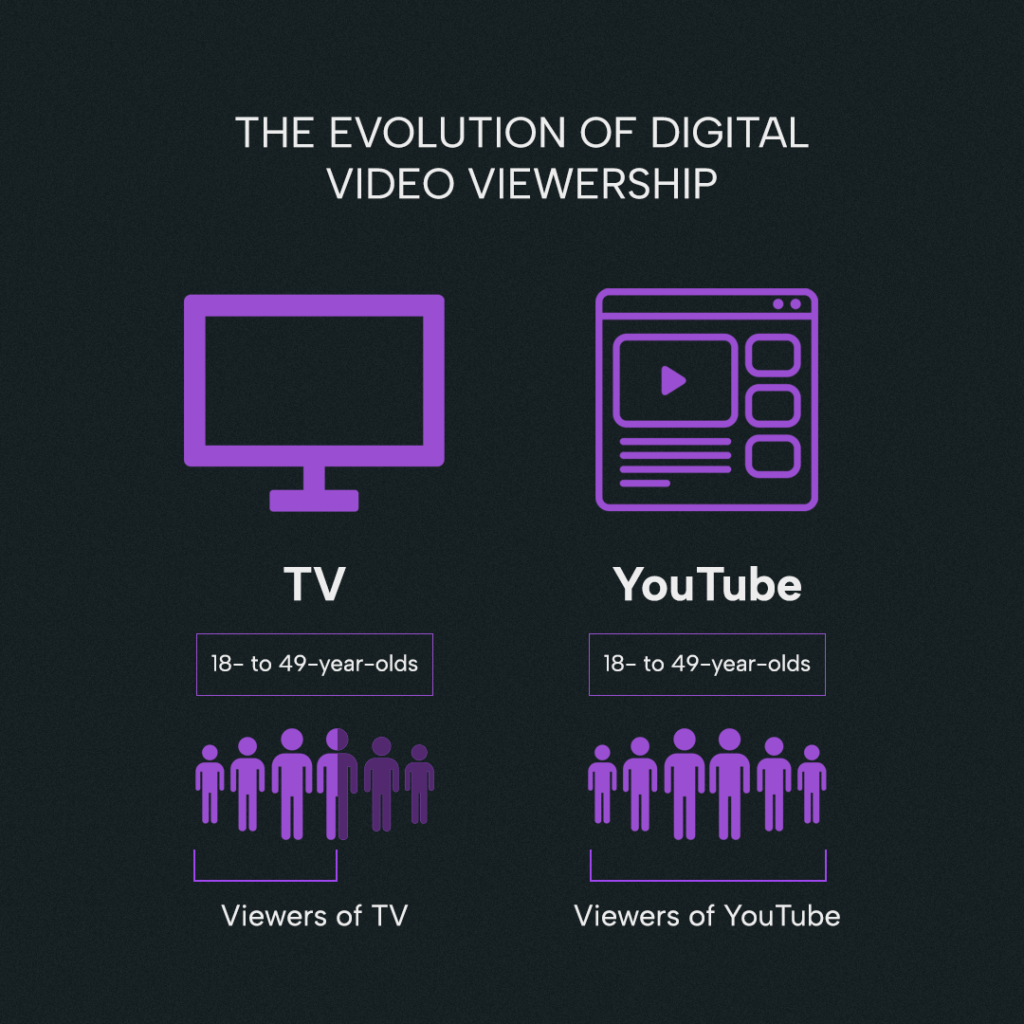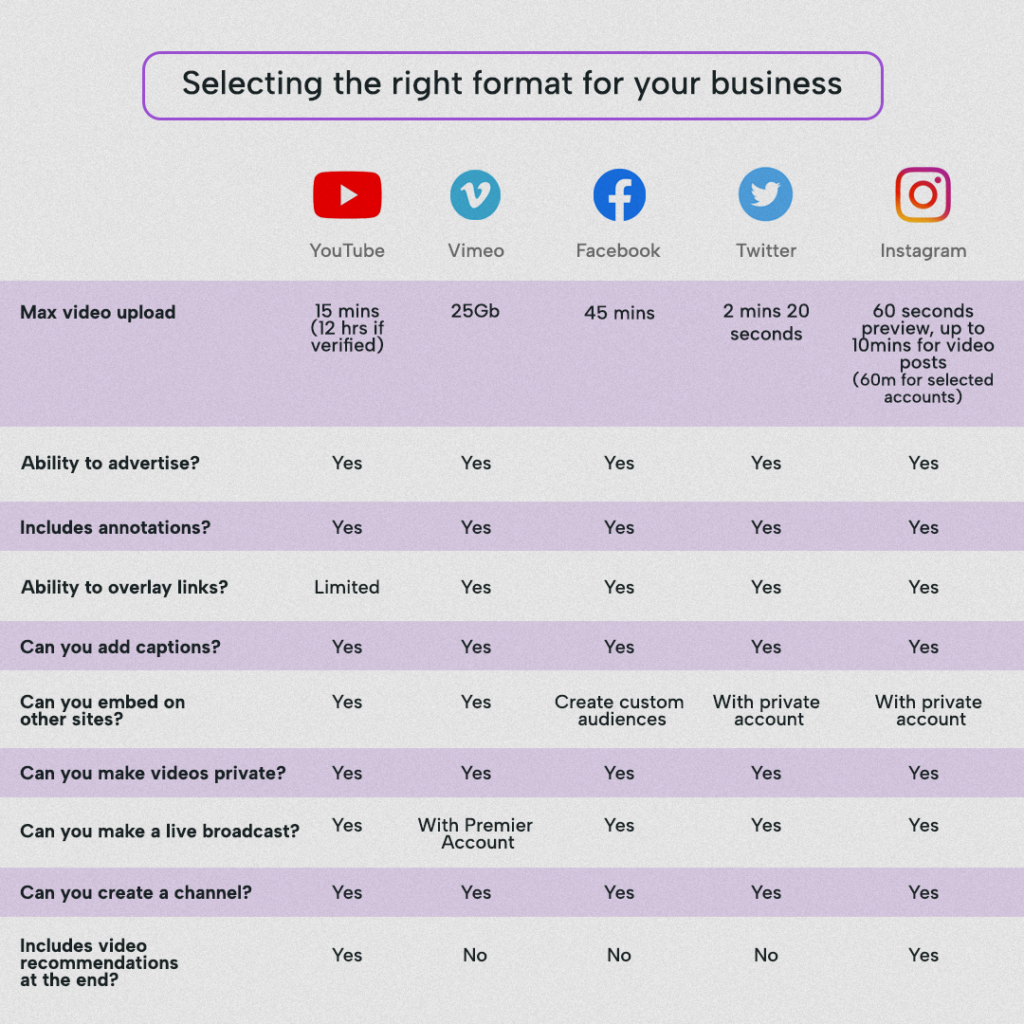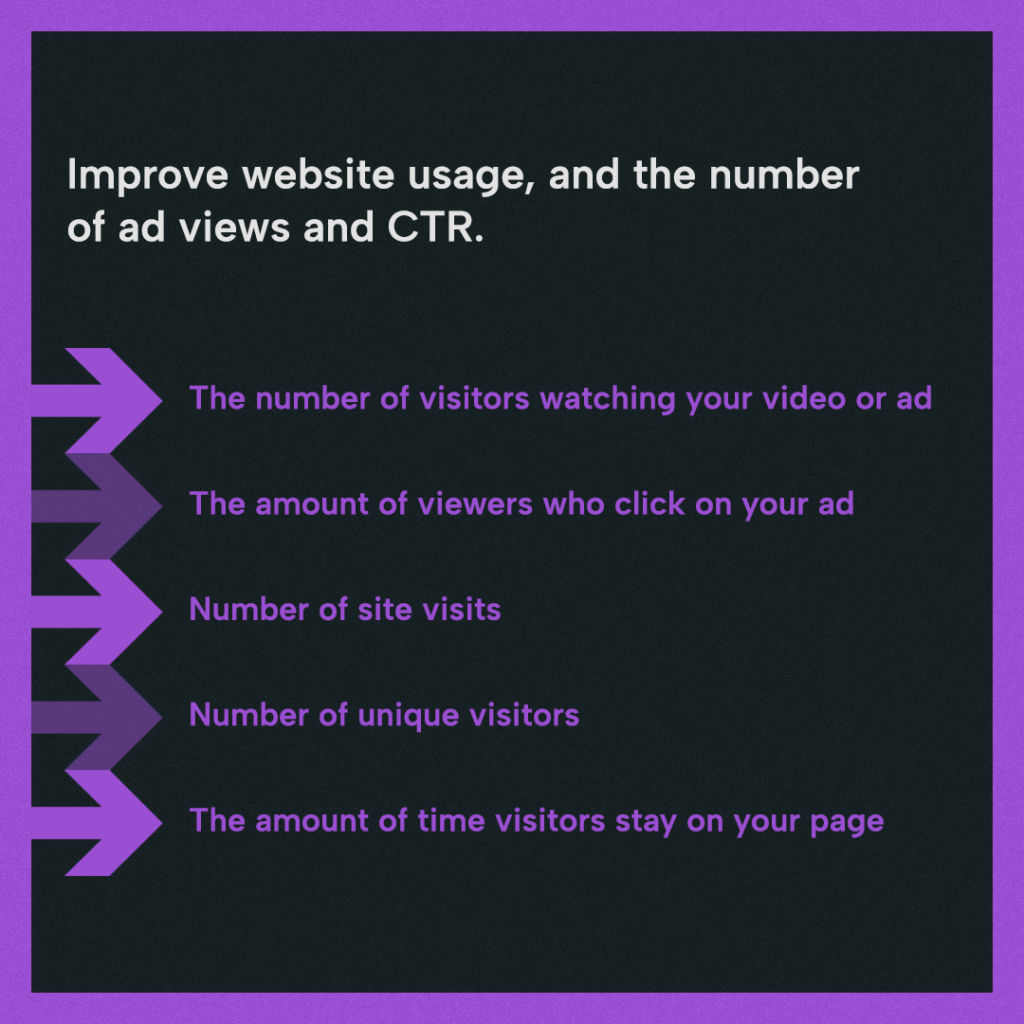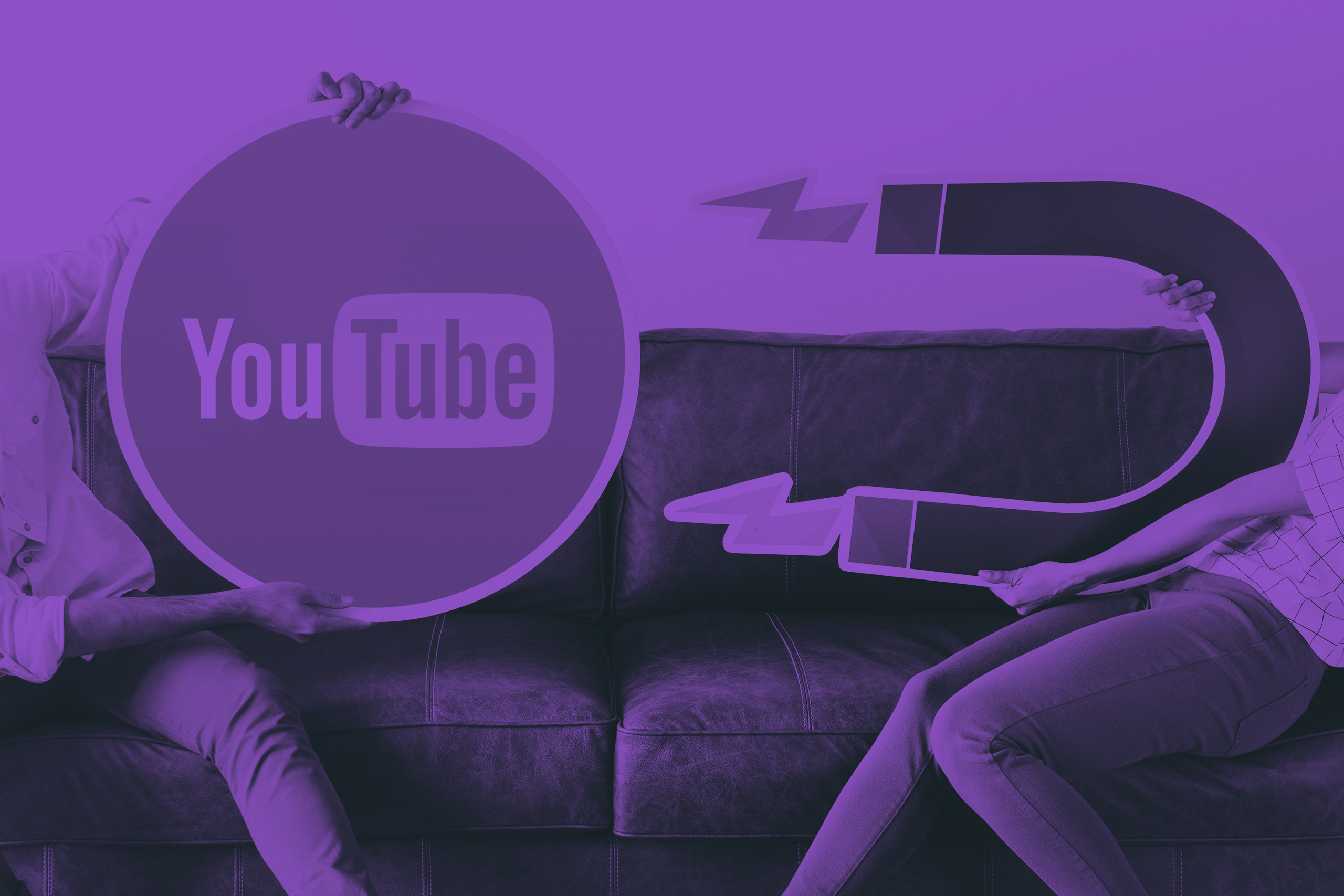Introduction: What is Video Marketing, and Why Should You Care?
Video marketing is a powerful asset for your business to use in its communication strategy. Videos are a great way to share information about products and services, but they can also be used to show the personality of your company. In the past few years, video marketing has become more and more popular because it can help businesses reach their target audiences by engaging them on an emotional level. There are many ways to use video marketing, such as in-stream ads, pre-roll ads, and post-roll ads.
Video marketing is now more important than ever because people spend more time watching videos than reading text or listening to audio. So, if you're not using video in your marketing strategy, you may miss out on potential customers. Traditional video advertising is also being revolutionized. According to a recent study by Nielsen, more than half of 18- to 49-year-olds are either light viewers of TV or don’t subscribe to TV at all. The same studies show that YouTube reaches more 18- to 49-year-olds in an average week than all cable TV networks combined.

In this section, we’ll explore the benefits of video marketing and provide some tips on getting started with this type of advertising.
How to Create an Effective Video Marketing Strategy for Your Business?
As you can see from the statistics, video marketing is one of the most effective ways to reach your audience. It allows you to deliver a message in a way that’s more engaging and memorable than any other type of content.
First, you need to know your target audience and buyer persona to tailor your video marketing strategy accordingly. Don’t just copy your competitors, but take the time to research your audience and understand how they engage with content online. Questions to ask:
- Which platforms are my target audience on?
- Which platform will create the most opportunities for my content to be shared?
- Which platform will be most cost-effective?
- Is my content visually appealing e.g. real estate, food, design, etc.?
- How long do my videos need to be?
- Are my videos meant for the public or a private audience?
Second, it's essential to create video ads that are not only informative but also entertaining for the viewer. Videos ads should be short, engaging, and well-scripted (note: you don’t need a ton of special effects or expensive production). They should be able to convey the company's message without being too long or tedious.
Understand your video marketing aims:
A video ad campaign that drives buyers to a product page in an e-commerce store is going to be very different from a campaign that is seeking to build a funnel of leads for a high-ticket B2B offering. Understanding the role that video marketing plays in achieving your company’s broader goals is essential. For example, if you are a new player in a market with trust issues, a retargeting campaign using customer testimonial videos will help reassure potential customers. Alternatively, if you offer a new solution to an existing problem, people may not understand exactly what your product does and how it helps them. In this case, create a video marketing strategy that communicates the benefits of your product or service.
Selecting the right format for your business:
If you’ve identified your ICP and buyer personas, then you should know where they’re spending their time online and where they consume content. Mapping out the buyer journey for your ideal audience will let you identify the key touchpoints where you can impact the buying decision. Check out our article on YouTube Ads vs. Facebook Ads to understand which may be the best fit for your audience. This chart gives you a breakdown of the key features of different platforms:

Creating a plan and timeline
As we already mentioned, you should think about video ads strategically and how they integrate into your larger digital marketing plan. Synching video campaigns with seasonal sales and marketing events or other business activities will ensure a consistent message and can improve your ROAS (return on ad spend). Setting up a simple marketing campaign in Google Sheets or Notion will let you plan ahead and make sure that your video content is ready to publish on launch day. If you are producing your own video, make sure you assign time and resources for the following key areas:
- Pre-production (storyboards, scripts)
- Filming (studio, teleprompt operator, camera operator, presenters)
- Editing
- Project management
What Type of Videos Are the Best Fit For Your Brand's Personality And Niche?
Your video content should be tailored to your target audience. For example, if you run a cooking blog, an animated cooking video could be the best type for you. If you’re selling a SaaS product, a demo highlighting the main benefits of the software can be essential for helping convert middle-of-funnel buyers. Live-action videos are great for showcasing your product and how it works in real-life situations. They also help you convey an emotional connection with your audience.
Here are some other video formats to consider, and related benefits:
- Testimonial videos – to build trust
- Product demo videos – to boost conversion
- Web presenter videos – for engagement
- Corporate stories – to grow brand awareness/trust
- Animated “explainer” videos – to explain a concept or service
- Interviews – to boost engagement and awareness
- Comedic videos – to build brand favourability
- Instructional ‘How to’ videos – to create trust and engagement
How to Produce Videos With or Without a Budget?
There are a lot of ways to produce video ads, and a successful campaign does not depend on you having a massive budget. It’s more important to generate content that resonates with your target market, and use the right channels so that your audience can find it.
The most important thing is to determine the purpose of the video and what you want it to achieve for your company or product. Once you know that, then it’s easy to figure out which production method will work best for you. Some of your options are:
- In-house: use your existing team to plan your video ad strategy, create video assets and program/execute your campaign. If you choose this route, you must have a very solid script, strategy, great actors, and a good knowledge of video editing tools and software.
- Production team: an external media production team will ensure you get the best results for your video assets, but you’d still need to work with a PPC specialist or media buyer to execute the campaign on the selected platform and develop an effective bidding strategy.
- Full stack video marketing team like Yugo Media. With a team like Yugo Media, you get the best of both worlds. We take the time to understand your business and your barriers to growth, then create a plan from ideation to creation, execution, and optimization to take your business to the next level.
Measuring the success of your campaign
Several tools can help you measure the performance and calculate the ROI of your YouTube campaign. In this section, we’ll introduce you to the tools available and how they can help you understand your performance in relation to your objectives and goals.
In broad terms, two simple goals can help you establish whether your YouTube campaign is profitable:
Goal 1: Improve website usage, and the number of ad views and CTR
In this case, we are looking to improve website usage or engagement. This would translate to an increase in the following metrics: (you can check out our article about YouTube Ads CTR here)
- The number of visitors watching your video or ad
- The number of viewers who click on your ad
- Number of site visits
- Number of unique visitors
- The number of time visitors stay on your page

Goal 2: Increase conversion rate
Your conversion rate is the percentage of visitors who have interacted with your ad, and then complete the desired action, e.g. buy something, make an inquiry, or download a lead magnet.
By improving engagement on your website - the amount of time a visitor stays on your website, as well as the level of interaction - you can boost your conversion rate. Be aware that other factors can contribute to your conversion rate; poor design and layout of your landing page will mean customers struggle to find what they want or need and are likely to give up or look elsewhere. Customer service and the level of trust that customers have in your brand or product can also influence your conversion rate.
But How Does The Quality Of My Videos Affect Their Performance?
A high-quality video is clear, concise, and well-edited, and has a good title and a catchy thumbnail. The ideal length can vary depending on the message and placement of the video. For example, an informative ad with a CTA pointing to a lead magnet should be no more than 30 - 60 seconds long, whereas a video that delivers value within the message itself can be longer.
Low-quality videos are those that have poor audio and visuals, a lousy title, or are too long. A poor-quality video can impact your brand negatively, so consider the signals you may be communicating with your video, beyond the explicit message itself. A quality control process (such as making videos private before listing on YouTube) can help avoid a message being viewed before it’s audience-ready.
Conclusion
To wrap it up: if you’re not using video as part of your digital marketing strategy, you should be! And you don’t need a ton of resources to get started. It’s more important to understand your target audience, and how a video ad campaign contributes towards your wider business objectives. If you still have questions, schedule a free consultation to discuss how you could make video work for your organization.






